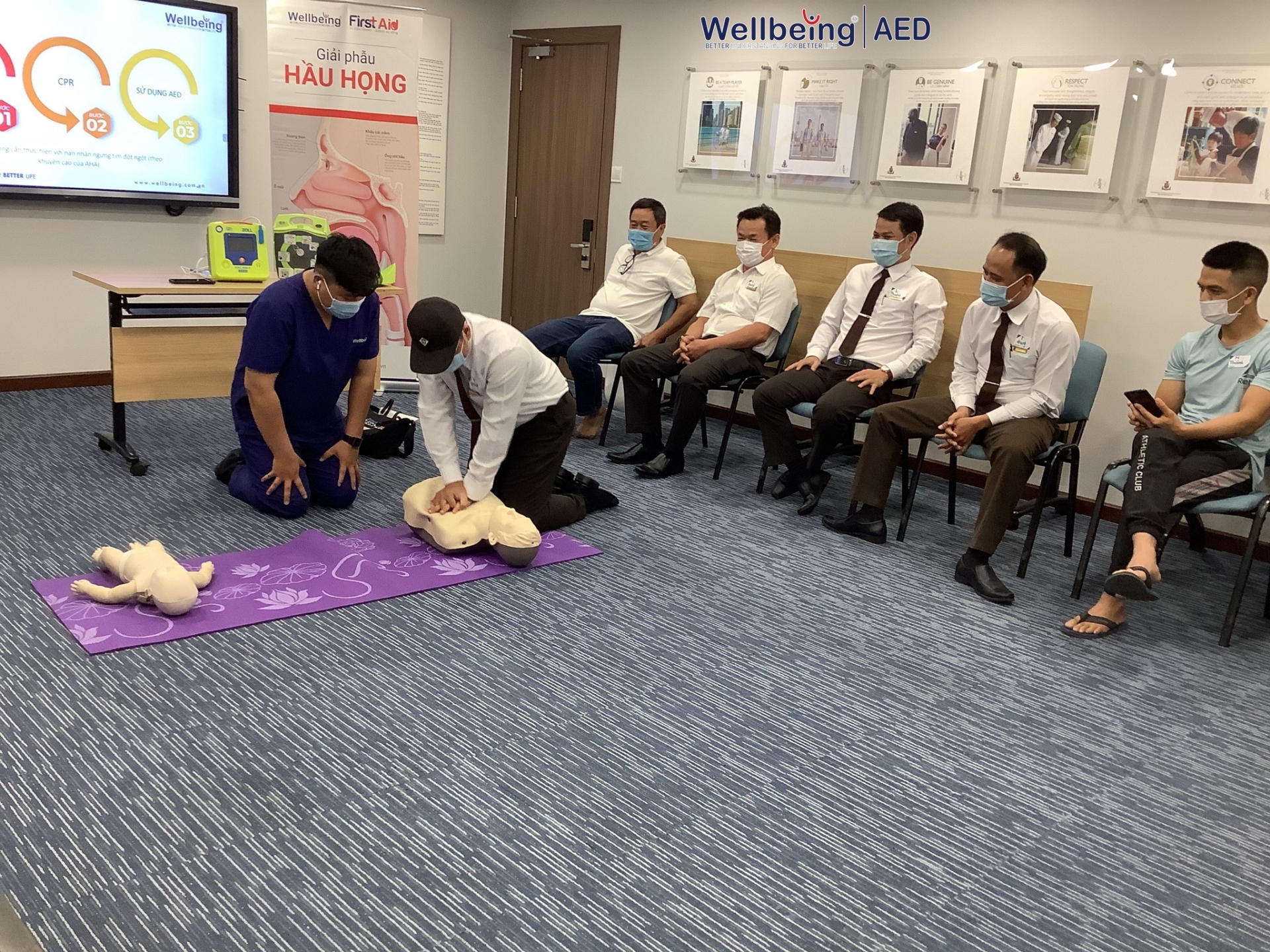How does an AED machine help victims? | Wellbeing
Defibrillation is a crucial part of resuscitation techniques. A victim experiencing cardiac fibrillation (such as ventricular fibrillation or ventricular tachycardia) has up to a 74% chance of survival if an AED (Automated External Defibrillator) is used promptly in combination with CPR.
But do you really know how an AED or defibrillator helps the victim?
1. What is a Defibrillator/AED?
Defibrillation is a crucial part of resuscitation techniques. A victim experiencing cardiac fibrillation (ventricular fibrillation or ventricular tachycardia) has up to a 90% chance of survival if defibrillation and CPR are performed promptly. This chance decreases by 10% with each passing minute without defibrillation.

2. How Does a Defibrillator/AED Work?
Sudden cardiac arrest can result from various causes, leading to a stoppage in blood flow to vital organs—especially the brain and coronary arteries—which can cause stroke or even death due to brain damage. At this point, a device capable of analyzing heart rhythm and delivering a shock when needed is essential.
There are several types of defibrillators, but Automated External Defibrillators (AEDs) are commonly installed in public places such as train stations, metro platforms, and shopping malls for easy access. These devices include a component that analyzes the patient’s heart rhythm and sends the data to the processing unit. Based on this information, the unit will deliver an electric shock to help restore the heart’s normal rhythm if needed.
3. How to Use an AED (Automated External Defibrillator)
Using a public AED is not difficult. Anyone can use it, as it typically comes with voice instructions and indicator lights to guide you through the process. Here are the basic steps:
Step 1: Check the device (expiration date, device condition).
Step 2: Expose the victim’s chest. Ensure the chest is dry and free of hair where electrodes will be placed. Remove any metal accessories such as watches, belts, rings, or jewelry.
Step 3: Attach the electrodes to the correct positions on the victim’s chest. Wait a few seconds for the device to analyze the heart rhythm and provide instructions (either to deliver a shock or begin CPR).
Step 4: If the device advises a shock, follow the instructions to deliver it. If the device does not advise a shock and only recommends chest compressions, perform CPR according to the rhythm indicated.
Step 5: Continue until the victim regains consciousness, medical personnel arrive, or the rescuer is too exhausted to continue.
In many Western countries, AEDs have become widely available in public areas, contributing to the survival of many cardiac arrest victims each year.
Bình luận:
Không có bình luận nào cho bài viết.
 Tiếng anh
Tiếng anh  Vietnam
Vietnam 




.png)
.png)

